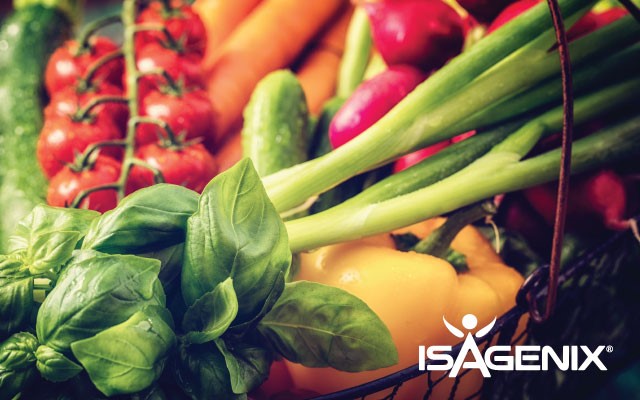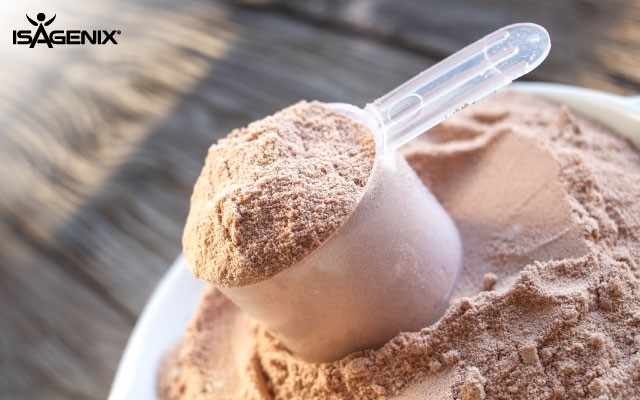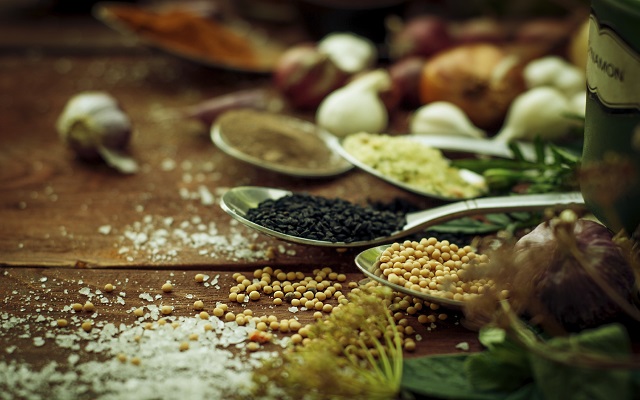In 2009, Michigan State researchers published a curious finding in the American Journal of Clinical Nutrition – that people who had a diet high in leafy green vegetables consumed up to 5+ times (550 percent) more dietary nitrates than the average daily intake (1).
Prior to the study, there was controversy over the role of nitrates in the diet and whether or not they were good for health. In fact, sodium nitrates in processed meat had been associated with cardiovascular risk and a litany of other chronic diseases (2-3).
But there’s a key distinction between nitrates found in vegetables in comparison to those found in processed meats. In processed meats, sodium nitrate can lead to the formation nitrosamines under acidic conditions. It’s a simple reaction between nitric oxide and the amino groups of proteins.
The resulting nitrosamines can accumulate in concentrations that appear to raise the risk of oxidative damage to cells and their DNA (4). On the other hand, vegetables contain a variety of nutrients such as vitamins, minerals, and antioxidant polyphenols that inhibit the production of potentially harmful nitrosamines. .
The natural occurrence of nitrates in vegetables also has an added circulatory benefit (5-7). When absorbed, the body converts nitrates to nitrites for use in releasing nitric oxide. Nitric oxide release can support blood flow throughout the body.
In conclusion, the health impact of nitrates comes down to the source – whether from processed meats or from fruits and vegetables. Dietary nitrates may be one of the chief underlying reasons that eating vegetables (especially the green leafy kind, such as arugula, kale, and spinach) supports cardiovascular health, particularly when combined with other heart-healthy dietary habits like limiting saturated fats, added sugars, and eating foods like fish, poultry, nuts, and low-fat dairy products (5, 6).
References
- Hord NG, Tang Y, Bryan NS. Food sources of nitrates and nitrites: the physiologic context for potential health benefits. Am J Clin Nutr. 2009 Jul; 90(1):1-10.
- Scanlan RA. Nitrosamines and cancer. 2000 Nov. Retrieved from http://margotbworldnews.com/News/Apr/Apr22/usehtml
- Bryan NS. Nitrite in nitric oxide biology: cause or consequence? A systems-based review. Free Radic Biol Med. 2006 Sep 1; 41(5):691-701.
- Vareille M, Rannou F, Thélier N, Glasser AL, de Sablet T, Martin C & Gobert AP. Heme oxygenase-1 is a critical regulator of nitric oxide production in enterohemorrhagic Escherichia coli-infected human enterocytes. J Immunol. 2008 Apr 15; 180(8):5720-6.
- Van Duyn MA & Pivonka E. Overview of the health benefits of fruit and vegetable consumption for the dietetics professional: selected literature. J Am Diet Assoc. 2000 Dec; 100(12):1511-21.
- Joshipura KJ, Hu FB, Manson JE, Stampfer MJ, Rimm EB, Speizer FE, Colditz G, Ascherio A, Rosner B, Spiegelman D & Willett WC. The effect of fruit and vegetable intake on risk for coronary heart disease. Ann Intern Med. 2001 Jun 19; 134(12):1106-14.
- McKnight GM, Duncan CW, Leifert C & Golden MH. Dietary nitrate in man: friend or foe? Br J Nutr. 1999 May; 81(5):349-58.





